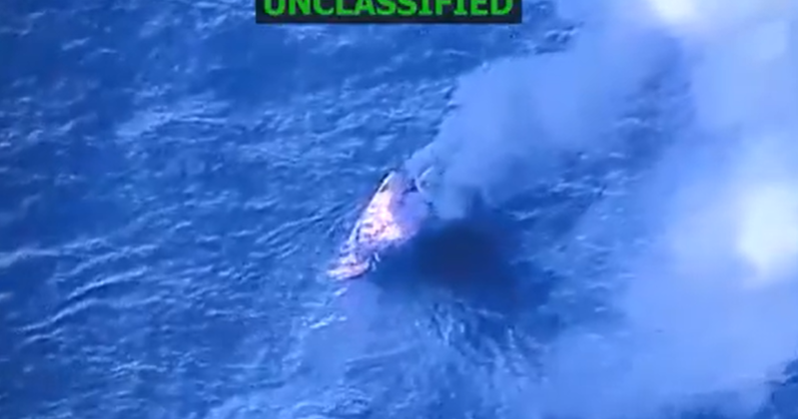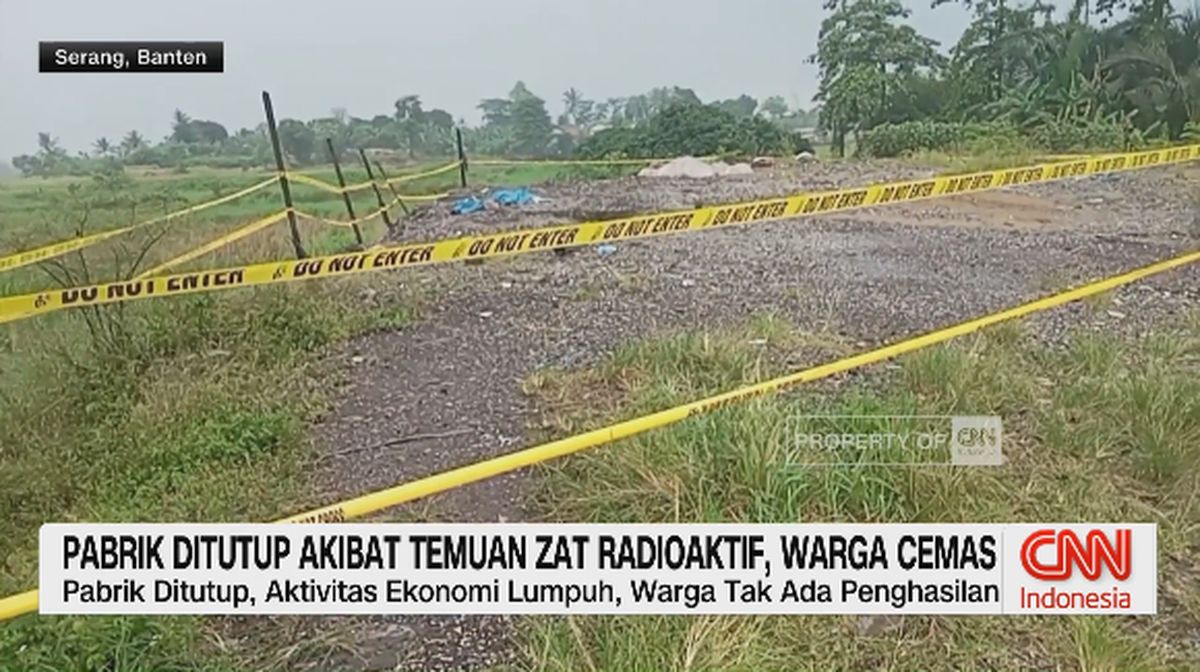Hendricks is shaping up as a geological mirror of the Desert antimony mine with structural features that look strikingly familiar. Mapping has revealed a web of north-northeast–trending shears that closely match the orientation of mineralisation at Desert, pointing to a broader, regionally consistent system with plenty of room for new discoveries.
A series of weathered and altered east-northeast to east-southeast shears have also been logged, which could potentially host additional antimony mineralisation, while scintillometer readings lit up across several volcanic dykes, hinting at the possibility of enriched rare earths zones.
Scattered across the ground are multiple prospecting pits and trenches dug around the historic Hendricks shaft, each chasing individual shear zones along the north-northeast trend. Eleven high-priority target areas have now been locked in for detailed follow-up sampling and mapping.
Locksley says the new model will underpin its next wave of 3D target generation and drill planning, setting the stage for Hendricks to slot in alongside DAM as a cornerstone of the company’s growing Mojave discovery story.
Meanwhile, just north of the legendary Mountain Pass rare earths mine, Locksley has wrapped up mapping at its Junipero prospect, where the discovery of deep-sourced volcanic dykes cutting through silica-rich host rocks has stirred excitement about a potential carbonatite-style rare earths system similar to Mountain Pass itself.
Locksley Resources chief executive officer Kerrie Matthews said: “The fourfold expansion of the Desert antimony mine target horizon has fundamentally changed the scale of the opportunity, demonstrating the potential for a much larger mineralised system. This success, coupled with high-grade silver confirmed at Hendricks and the identification of multiple regional shear zones, has effectively lit up the entire Mojave Project for polymetallic vein discoveries.”
The company says it’s now preparing for a third round of structural mapping to kick off in November on its grounds, with the goal of firming up new targets across an 18-zone prospect map.
Locksley’s California landholdings sit in the heart of the Clark mining district and directly abut ground held by US rare earths major MP Materials. With no current domestic antimony production and Chinese dominance over global supply, Locksley’s timing and growing footprint could not be better.
With drilling approvals progressing a JORC target on the horizon and its saddle bags full of cash after a recent $5.3 million capital raising, Locksley and Mojave are shaping as serious contenders in America’s critical minerals race.
Is your ASX-listed company doing something interesting? Contact: [email protected]


















































